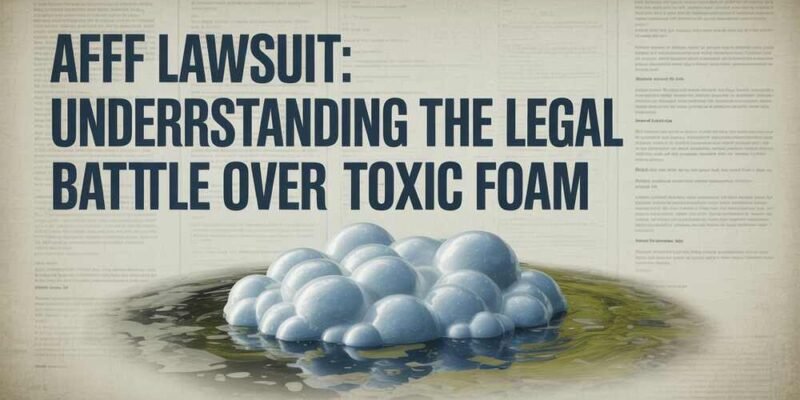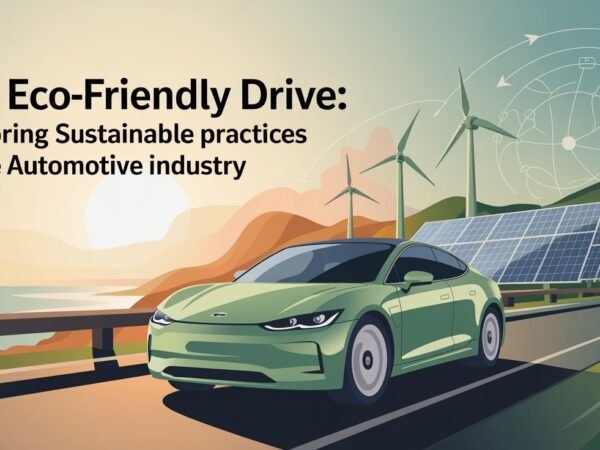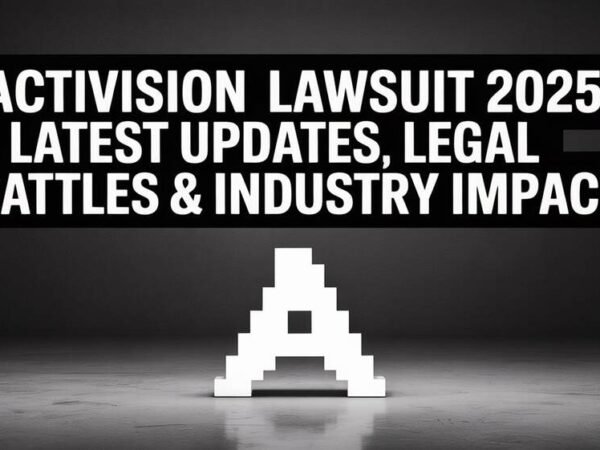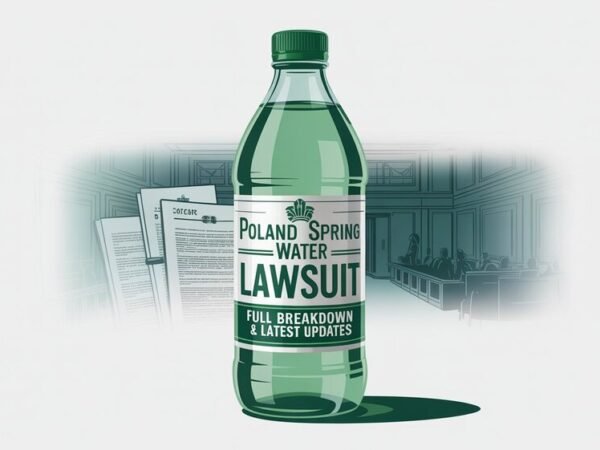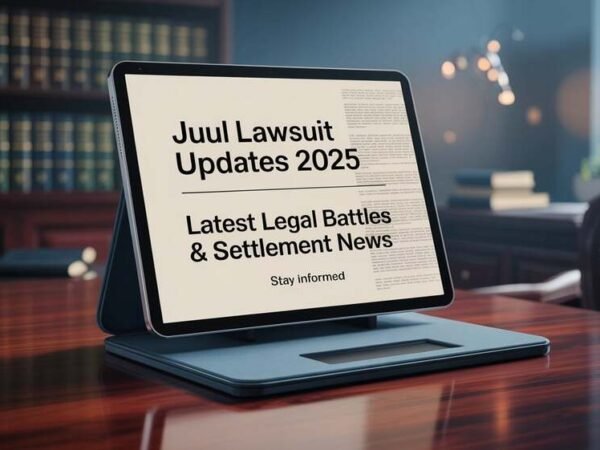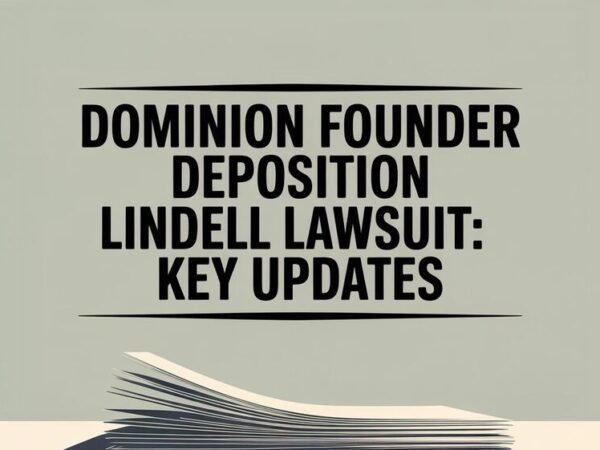Introduction to the AFFF Lawsuit
The AFFF lawsuit centers around the use of Aqueous Film-Forming Foam (AFFF), a firefighting substance long hailed for its ability to suppress fuel-based fires effectively. However, this foam contains per- and polyfluoroalkyl substances (PFAS), a group of synthetic chemicals that do not break down easily in the environment. Known as “forever chemicals,” PFAS have been linked to various serious health issues. As awareness of these dangers has grown, thousands of lawsuits have been filed by individuals and municipalities against AFFF manufacturers, accusing them of negligence and failure to warn about the risks. The litigation has evolved into one of the largest mass torts in U.S. history, with multidistrict litigation (MDL) now managing thousands of claims. The AFFF lawsuit marks a pivotal moment in environmental and public health litigation, with high-stakes implications for manufacturers, first responders, and communities nationwide.
Who is Affected by AFFF Exposure?
AFFF exposure primarily affects individuals who have worked closely with firefighting foam or lived near locations where it has been used extensively. Firefighters—both civilian and military—are among the most heavily impacted, as they frequently use AF during training and emergency response activities. Military personnel on U.S. bases have been particularly vulnerable due to routine foam deployment during fire drills and aircraft fires. Airport workers and employees in industrial facilities also face elevated risks, given the prevalent use of AFFF in these environments. Additionally, residents in communities near military installations or airports have experienced groundwater contamination, exposing them to PFAS through drinking water. The AFFF lawsuit seeks to hold manufacturers accountable for failing to protect these at-risk populations and prevent environmental contamination.
Significant Health Risks Linked to AFFF
Scientific research has increasingly demonstrated that PFAS exposure can lead to a range of severe health conditions. Among the most prominent concerns are kidney and testicular cancers, both of which have shown strong associations with long-term PFAS exposure. Liver damage is another significant risk, often indicated by elevated enzyme levels and the development of fatty liver disease. Thyroid disorders, particularly hypothyroidism and thyroid cancer, have also been documented. PFAS chemicals are believed to interfere with hormone function, contributing to reproductive and immune system complications. These potential health effects are at the core of the AFFF lawsuit, with plaintiffs arguing that manufacturers knew or should have known about these dangers and acted negligently by continuing production and distribution without adequate warnings.
Recent Legal Developments in 2025
As of 2025, the AFFF litigation has seen several significant developments. Courts have consolidated thousands of individual cases under MDL 2873 to streamline pretrial proceedings. Recently, multiple Science Days have been held, providing an opportunity for experts to present data on the health impacts of PFAS exposure. These events have provided critical scientific support for plaintiffs’ claims, bolstering their arguments in court. In addition, new internal documents from major manufacturers have surfaced, revealing that companies like 3M and DuPont were aware of PFAS toxicity decades ago. This has further intensified legal scrutiny and strengthened the case for punitive damages. Overall, the 2025 legal landscape indicates an increasing momentum in favor of plaintiffs, with judges demonstrating a greater willingness to move cases toward resolution.
Key Defendants in the AFFF Lawsuit
Several major corporations are at the center of the AFFF lawsuit. 3M, a longtime manufacturer of PFAS-based products, faces thousands of claims due to its historical role in producing AFFF. DuPont and its spinoffs, including Chemours, are also key defendants. These companies have been accused of concealing the dangers of PFAS and prioritizing profits over public safety. Kidde-Fenwal, a supplier of fire suppression systems, has faced a wave of litigation and has filed for bankruptcy, adding complexity to ongoing settlement negotiations. Many of these companies have already paid billions in water contamination settlements, and personal injury claims are now gaining traction. The legal pressure on these manufacturers continues to mount as more evidence of corporate misconduct emerges.
Settlement Updates and Compensation
2025 has seen significant settlement activity in the AFFF lawsuit. 3M recently agreed to a $12.5 billion settlement to address water contamination claims, while other companies like Carrier and Kidde-Fenwal have settled for hundreds of millions. Personal injury claims, however, are still pending, with the potential for substantial individual payouts depending on the severity of the illness and the individual’s exposure history. Compensation estimates vary widely, ranging from tens of thousands to over a million dollars per claimant. Settlements are typically distributed through the MDL system based on factors such as medical records, job history, and geographic location. Claimants must submit detailed documentation to receive compensation, and many are advised to act promptly before additional deadlines are imposed.
Bellwether Trials and Their Importance
Bellwether trials play a critical role in shaping the future of the AFFF lawsuit. These early test cases help determine how juries may respond to evidence and arguments presented in court. In mass tort litigation, such as the AFFF MDL, bellwether outcomes can significantly influence settlement negotiations. Positive results for plaintiffs often encourage defendants to offer larger settlements to avoid further trial losses. In 2025, several bellwether trials are scheduled, focusing on key illnesses such as kidney cancer and ulcerative colitis. Legal analysts expect these trials to be pivotal in determining the financial trajectory of the litigation and accelerating resolution for thousands of other pending claims.
How to Qualify for an AFFF Lawsuit
Individuals interested in filing an AFFF lawsuit must meet specific eligibility criteria. Most claimants must show evidence of significant AFFF exposure, typically through their occupation or residential proximity to contaminated areas. Additionally, a qualifying medical diagnosis is required—commonly one of the cancers or diseases linked to PFAS. Supporting documents such as employment records, military service details, medical reports, and exposure timelines are essential for building a strong case. Legal experts advise potential claimants to consult an attorney experienced in toxic exposure litigation to ensure all requirements are met and deadlines are observed. The statute of limitations varies by state but generally ranges from two to three years following diagnosis or discovery of exposure.
Steps to Take If You’ve Been Exposed
If you believe you have been exposed to AFFF and may be at risk, taking immediate action is crucial. Begin by undergoing a medical evaluation to assess for symptoms or conditions associated with PFAS exposure. It is also essential to gather documentation, including job history, training records, and residence information that may prove contact with AFFF. Next, consult with a legal professional who specializes in environmental or personal injury law. They can guide you through the MDL registration process or help file an individual lawsuit. Time is of the essence, as courts are steadily moving toward trials and possible settlement caps. Early participation can increase your chances of a favorable outcome.
What’s Next for the AFFF Litigation?
Looking ahead, the AFFF lawsuit is expected to evolve rapidly in late 2025. With bellwether trials set to begin and mounting scientific evidence in plaintiffs’ favor, pressure is building on manufacturers to resolve claims more swiftly. Ongoing epidemiological studies and environmental monitoring may reveal additional links between PFAS and disease, thereby strengthening existing cases. Regulatory agencies, including the EPA and FDA, are also expected to introduce stricter rules on PFAS usage and cleanup standards. These developments may lead to additional litigation and influence the legal strategies employed in current cases. For plaintiffs and their legal teams, the coming months represent a crucial period of action, negotiation, and resolution.
Conclusion and Legal Resources
The AFFF lawsuit represents a critical fight for justice on behalf of those exposed to dangerous chemicals without adequate warning or protection. With strong scientific backing, numerous corporate admissions, and growing legal momentum, the case against AFFF manufacturers is gaining strength. Individuals who suspect they may be affected should act promptly to explore their legal options. Numerous legal resources and advocacy groups offer guidance, and specialized law firms are actively accepting new clients. As the litigation unfolds, it remains essential for affected individuals to stay informed and engaged, ensuring their voices are heard in one of the most consequential environmental lawsuits of our time.
Do Read: Activision Lawsuit 2025 – Latest Updates, Legal Battles & Industry Impact


